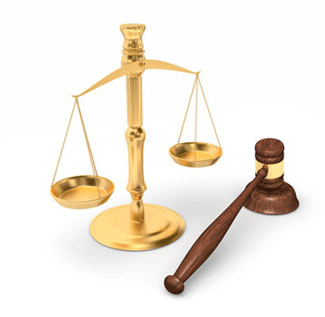
WHO Working Group Considers Upgrading Talc Carcinogenic Classification
As worries increase, health experts around the world look at fresh information that could move talc's cancer risk category up.
Monday, August 25, 2025 - For years, the question of whether talc might cause cancer has been brought up in courtrooms, medical publications, and regulatory hearings. A new development has made the conversation more important. Lawyers for baby powder cancer victims are already saying that the latest discoveries will influence the course of current baby powder cancer lawsuits. The International Agency for Research on Cancer (IARC) of the World Health Organization has said that a working group is actively looking into changing talc's classification as a carcinogen. This occurs after more and more studies and legal documents showed that long-term usage of talc is linked to ovarian cancer in worrying ways. The possible change would move talc from the old, less scary "possibly carcinogenic to humans" group to the more serious "probably carcinogenic to humans" group. This would put new pressure on regulators and producers to reassess how talc products are labeled, marketed, and sold. Supporters think that this step would finally give recognition to the thousands of people who have said that their illnesses were caused by years of using talc without knowing it.
The International Agency for Research on Cancer, which is part of the World Health Organization, said in a 2024 assessment that talc should now be classified as "probably carcinogenic to humans" (Group 2A). There wasn't a lot of evidence in humans, but it was consistent. There was enough evidence in animal studies to establish that talc may cause cancer, and there was also solid mechanistic data demonstrating that talc can cause cellular inflammation and genetic alterations. The ruling was important because it applied to all types of talc, not just talc that had asbestos in it. For years, officials made a difference between talc that had asbestos in it and talc that didn't. They knew that the first kind may cause cancer, but they thought the second kind was less dangerous. The new classification shows that talc that doesn't contain asbestos may still be dangerous. That means that the powders and beauty products that millions of people have used for years may not be as safe as they thought. Researchers in health are underlining that the new name does not mean that every person who uses talc will get cancer. However, it does mean that the data is now seen as stronger and more trustworthy.
This change has serious consequences. Talc lawsuit plaintiffs in courts in the US and other countries will probably use the IARC designation as proof that health authorities have finally caught up with what lawsuits have been saying for a long time. Baby powder cancer lawyers think this will make it difficult for companies to defend themselves against claims by citing uncertainties in the science. At the same time, regulators in Europe, North America, and Asia may start talking about whether talc should be limited or replaced in consumer goods, just like asbestos was phased out decades ago. The cosmetics industry may speed up its efforts to reformulate because big firms are already switching to cornstarch-based powders. Companies that still use talc will probably get inquiries about why they are still using a chemical that is now thought to be a probable human carcinogen.
